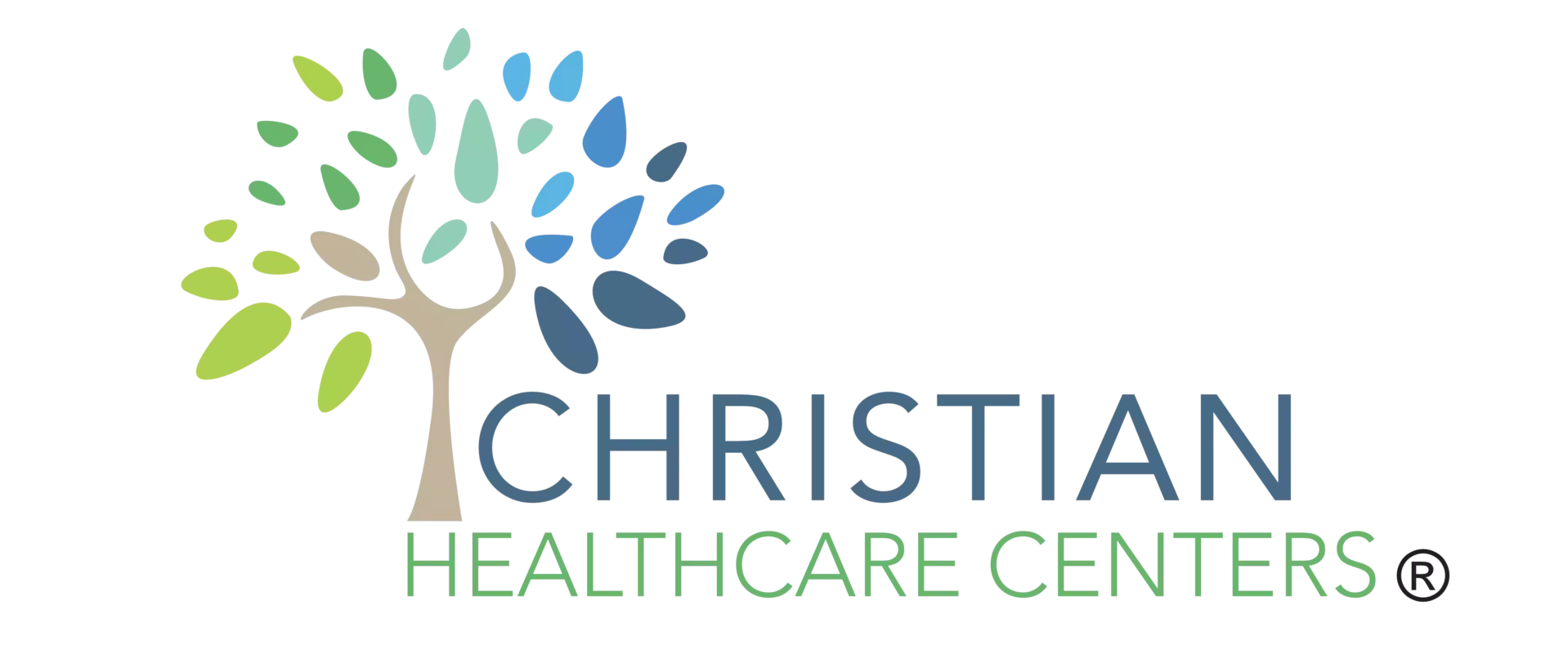In membership healthcare models, chronic care tailors personalized plans for managing long-term health conditions effectively. These plans prioritize patient outcomes, optimize treatment delivery, and emphasize preventive measures to enhance overall well-being. Care coordination among healthcare providers guarantees thorough strategies, while direct primary care services promote patient engagement and proactive interventions for better outcomes. Preventive care measures safeguard health through early interventions and regular screenings. Best medication management and adherence play important roles in treatment efficacy. Tracking progress and outcomes evaluates interventions and guides future strategies for improved care. Learn more about these essential aspects in membership healthcare models.
Key Takeaways
- Membership healthcare models offer comprehensive chronic care services.
- Tailored care plans address individual chronic health needs.
- Care coordination ensures seamless collaboration among healthcare providers.
- Preventive care measures are emphasized for long-term health management.
- Regular medication reviews and adherence monitoring are integrated into care plans.
Understanding Chronic Care Needs
To effectively address chronic care needs in membership healthcare models, it’s important to first understand the specific health requirements and long-term management strategies for individuals with chronic conditions. Patient education plays a vital role in empowering individuals to manage their conditions effectively. By providing detailed information about their illnesses, treatment options, and self-care practices, patients can make informed decisions and actively participate in their healthcare journey. This education should be tailored to the individual’s needs, considering factors such as health literacy levels, cultural backgrounds, and personal preferences.
Care coordination is another essential aspect of managing chronic conditions within membership healthcare models. Coordinating care involves ensuring that all healthcare providers involved in a patient’s treatment are working together seamlessly. This includes primary care physicians, specialists, therapists, and other healthcare professionals. Effective communication and information sharing among these providers are key to preventing gaps in care, reducing duplicative services, and promoting overall care quality. Additionally, care coordination helps streamline the healthcare experience for patients, making it more efficient and less burdensome.
Benefits of Membership Healthcare
Understanding chronic care needs in membership healthcare models lays a strong foundation for appreciating the benefits these models offer in promoting thorough and proactive healthcare management. By enrolling in a membership healthcare program, you gain access to a range of benefits that can greatly enhance your overall healthcare experience. Two key advantages of membership healthcare are cost savings and accessible care.
| Benefits of Membership Healthcare | ||
|---|---|---|
| Cost Savings | Membership healthcare models often offer cost-effective options for individuals seeking complete care. By paying a fixed fee, you can access a variety of services without worrying about additional charges for each visit or procedure. This predictability in costs can help you budget effectively and avoid unexpected medical expenses. | |
| Accessible Care | Membership healthcare provides you with easier access to healthcare services. With reduced wait times for appointments and extended office hours, you can receive timely care when you need it most. Additionally, many membership healthcare models prioritize preventive care and wellness programs, ensuring that you have the resources and support to maintain your health proactively. |
Personalized Care Plans for Chronic Conditions
Developing tailored care plans for chronic conditions within membership healthcare models enhances patient outcomes and promotes long-term health management. By implementing a holistic approach that considers not only the physical aspects of a chronic condition but also the mental and emotional well-being of the patient, personalized care plans can provide a more thorough and effective way to manage these long-term health issues.
In membership healthcare models, the focus is on providing individualized support to each patient based on their specific needs and circumstances. This personalized approach allows healthcare providers to create care plans that are tailored to the unique requirements of each patient, taking into account factors such as lifestyle, preferences, and existing health conditions. By addressing the patient as a whole and not just focusing on the symptoms of the chronic condition, healthcare providers can better support patients in managing their health in a more complete manner.
Furthermore, personalized care plans in membership healthcare models often involve regular monitoring and follow-ups to track progress, make necessary adjustments, and provide ongoing support. This continuous engagement helps patients stay on track with their treatment plans and allows healthcare providers to intervene promptly if any issues arise. Overall, personalized care plans play an important role in empowering patients to take control of their health and well-being, leading to improved outcomes and better quality of life in the long term.
Managing Chronic Illness With Direct Primary Care
Managing chronic illness efficiently relies on integrating Direct Primary Care (DPC) services to optimize patient outcomes and healthcare delivery. By incorporating DPC into chronic care management, individuals can benefit from a more personalized and thorough approach to their ongoing health needs.
Here are four key strategies for managing chronic illness effectively with Direct Primary Care:
Care Coordination: DPC practices excel in coordinating care between specialists, hospitals, and other healthcare providers, ensuring that all aspects of a patient’s treatment plan are aligned and communicated effectively.
Remote Monitoring: Through the use of advanced technologies, DPC providers can remotely monitor essential signs, medication adherence, and other key health metrics, allowing for proactive interventions and adjustments to treatment plans as needed.
Regular Follow-Ups: DPC models emphasize regular follow-up appointments, enabling healthcare providers to closely track progress, address any concerns promptly, and make timely modifications to the care plan.
Patient Education: Direct Primary Care practices prioritize patient education, empowering individuals to better understand their conditions, treatments, and self-management strategies, ultimately fostering greater engagement and improved health outcomes.
Importance of Preventive Care in Memberships
By integrating preventive care measures within membership healthcare models, you can proactively safeguard your health and well-being, enhancing overall outcomes and reducing the burden of chronic conditions. Early intervention through preventive care plays an essential role in maintaining long-term health and fostering a wellness-focused approach to healthcare.
Preventive care emphasizes the importance of regular screenings, vaccinations, and lifestyle modifications to detect and address health issues before they escalate into more serious conditions. By staying proactive with preventive measures such as routine check-ups and health screenings, you can identify potential health risks early on and take necessary steps to mitigate them. This proactive approach not only improves your quality of life but also reduces healthcare costs associated with managing chronic conditions in the long run.
Membership healthcare models that prioritize preventive care empower individuals to take charge of their health and make informed decisions about their well-being. These models often offer personalized wellness plans, health coaching, and education to support members in maintaining a healthy lifestyle. By focusing on preventive care, you aren’t just treating illnesses as they arise but actively working towards preventing them, promoting a proactive and sustainable approach to healthcare that benefits both individuals and the healthcare system as a whole.
Addressing Medication Management in Membership Models
In membership healthcare models, optimizing medication management is essential for enhancing treatment efficacy and minimizing adverse effects. Ensuring medication adherence through remote monitoring can greatly impact patient outcomes.
Here are four key aspects to contemplate when addressing medication management in membership models:
Personalized Medication Plans: Tailoring medication regimens to individual needs and preferences can boost adherence rates and treatment effectiveness. By involving patients in decision-making processes, personalized plans promote a sense of ownership over their health.
Regular Medication Reviews: Scheduled medication reviews allow healthcare providers to assess adherence levels, identify potential issues, and make necessary adjustments promptly. This proactive approach helps prevent complications and ensures the best medication efficacy.
Remote Monitoring Technologies: Utilizing remote monitoring devices enables real-time tracking of medication adherence and health indicators. This data-driven approach provides continuous insights into patient progress, allowing for timely interventions when needed.
Patient Education: Educating patients about the importance of medication adherence and the potential consequences of non-compliance is vital. Empowering individuals with knowledge fosters a sense of responsibility towards their treatment, leading to improved health outcomes.
Tracking Progress and Outcomes in Chronic Care
When optimizing chronic care within membership healthcare models, tracking progress and outcomes plays a pivotal role in evaluating the effectiveness of interventions and guiding future treatment strategies. Progress tracking allows healthcare providers to monitor how patients are responding to treatments over time, enabling them to make necessary adjustments to improve outcomes. Outcome monitoring, on the other hand, focuses on evaluating the results of interventions to determine their impact on the patient’s health status and quality of life.
| Benefits of Progress Tracking and Outcome Monitoring | Description | Importance |
|---|---|---|
| Early Detection of Issues | Identifying problems before they escalate can lead to timely interventions | Helps prevent complications and improve patient outcomes |
| Personalized Care Plans | Tailoring treatment strategies based on individual progress and outcomes | Increases treatment effectiveness and patient satisfaction |
| Data-Driven Decision Making | Using objective data to make informed choices about patient care | Enhances treatment precision and overall quality of care |
| Long-Term Health Management | Supporting continuous monitoring for chronic conditions | Improves disease management and patient well-being |
Wrap-Up
To sum up, membership healthcare models offer personalized care plans for chronic conditions, emphasizing preventive care and medication management.
One interesting statistic to note is that patients enrolled in direct primary care models have 35% fewer hospitalizations and 65% fewer ER visits compared to traditional fee-for-service models.
This data-driven approach highlights the effectiveness of chronic care management within membership healthcare, ultimately leading to better health outcomes and reduced healthcare costs.


